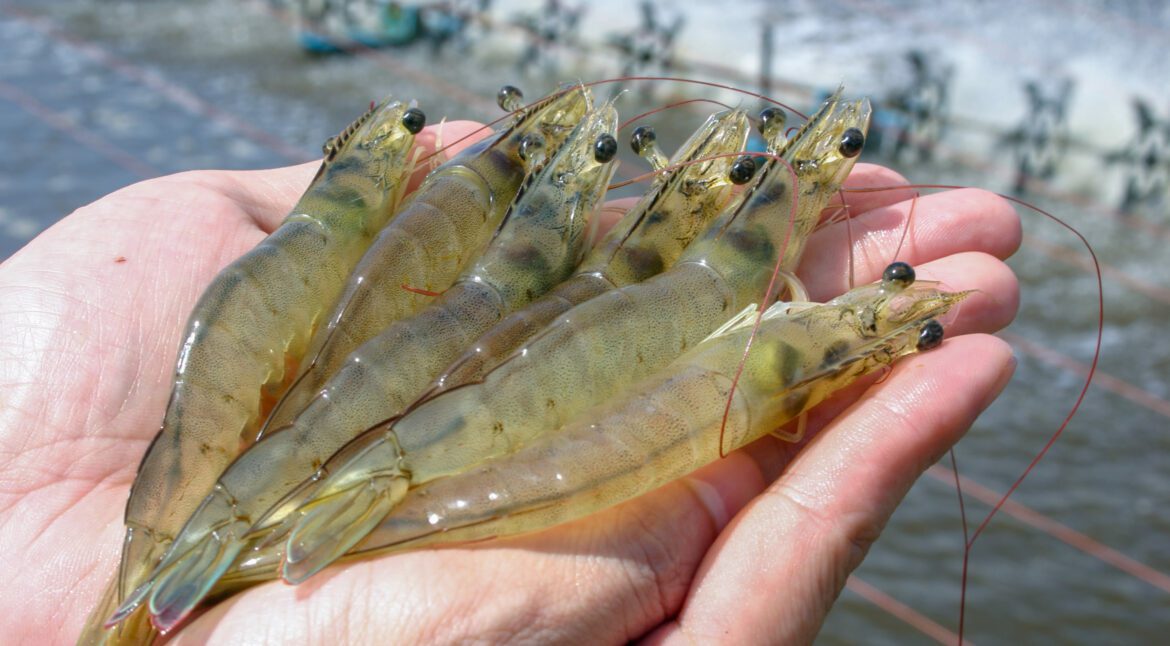Because shrimp are “slow” and «selective» feeders with highly developed chemosensory systems and because conventional aquaculture systems have low visibility and high particulate matter, attractants and feeding stimulants are commonly incorporated into feed pellets to make them more quickly identified and more palatable, and thus eaten at a higher rate. Animal products including fishery byproducts are widely used palatants (Gatlin et al., 2007; Naylor et al., 2009: Chamberlain, 2010; Suresh et al., 2011). However, important disadvantages of these types of products may be pointed out, particularly regarding byproducts from low-grade fisheries; these include a high moisture content and variable composition and freshness (potentially high levels of oxidation products and biogenic amines), which can affect the nutritional quality of the feed, particularly as these products are often included at high levels. This can lead to inconsistent or poor results as attractants, and even more as feeding stimulants and growth promoters.

Autores: S. Morais and C. Derby
Libro/Revista: AquaFeed vol 11 issue 4 2019, p.48-49
